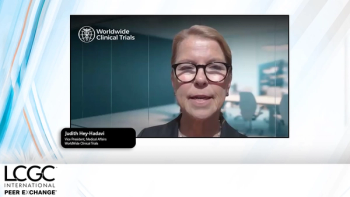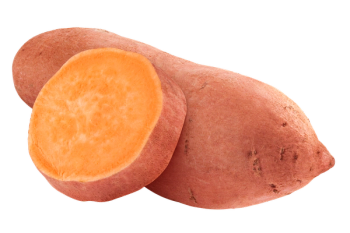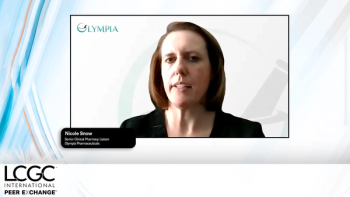
Clustering algorithm
A position-specific clustering algorithm has been developed that can outperform current model-based clustering methods and provide a fast and effective solution for peak matching in large label-free LC?MS data sets.
A position-specific clustering algorithm has been developed that can outperform current model-based clustering methods and provide a fast and effective solution for peak matching in large label-free LC–MS data sets.
Clustering provides a widely applicable method for recognizing patterns of similar observations within data. A study published in BMC Bioinformatics1 has presented an algorithm called MEDEA (M-Estimator with DEterministic Annealing) and demonstrated its usefulness when recognizing common peaks across LC–MS data sets for proteomic biomarker discovery.
The algorithm is an M-Estimator based, unsupervised algorithm designed to enforce position-specific constraints on variance during the clustering process. By limiting variation within a cluster according to that cluster’s position, the study reports the algorithm outperforms current model-based clustering methods, resulting in an implementation significantly more efficient, and hence applicable to much larger LC–MS data sets.
1. R. Fruehwirth, D.R. Mani and S. Pyne, BMC Bioinformatics, 12(358) (2011).
Newsletter
Join the global community of analytical scientists who trust LCGC for insights on the latest techniques, trends, and expert solutions in chromatography.





